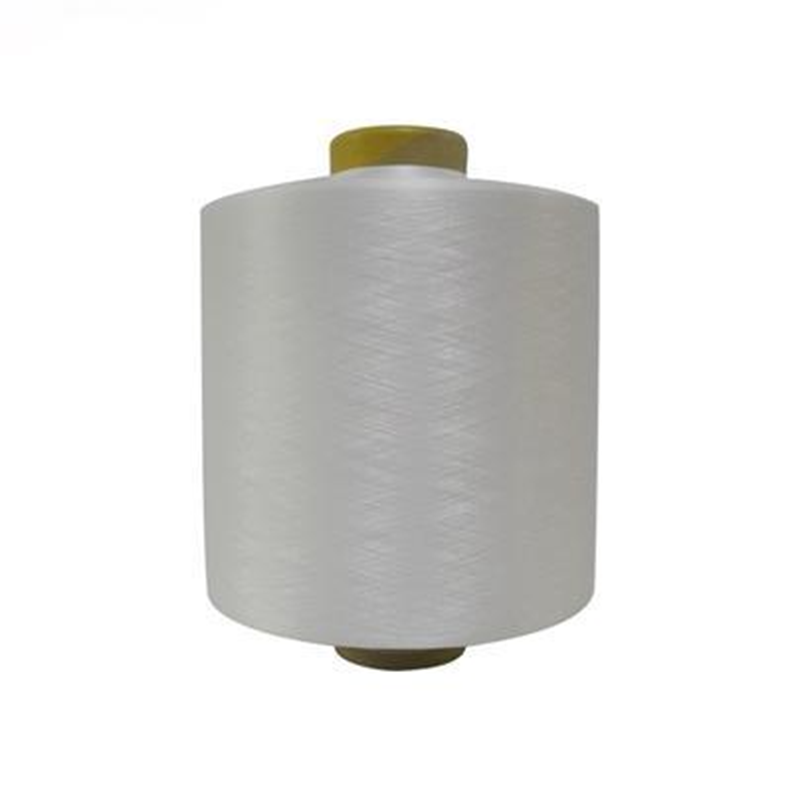Air covering yarns have transformed fabric development across multiple industries by offering solutions that balance comfort, durability, and aesthetic appeal. These advanced yarns appear in everything from high-end fashion to medical textiles, demonstrating their remarkable adaptability. The unique structure of air covering yarns provides distinct benefits that make them preferable for specific applications.
In intimate apparel and shapewear, air covering yarns deliver the perfect combination of stretch and softness. The technology allows delicate fibers like silk or microfiber to encase supportive elastane cores, creating comfortable yet functional undergarments. The air covering process ensures smooth surfaces that feel gentle against skin while providing necessary compression and support.
Sportswear manufacturers increasingly utilize air covering yarns for their moisture-wicking and quick-drying properties. The air wrapping technique creates microscopic channels in the yarn structure that enhance breathability and thermal regulation. Athletic apparel made with air covering yarns keeps wearers dry during intense activity while offering freedom of movement.
The medical field benefits from air covering yarns in compression garments and surgical textiles. The consistent tension and elasticity provided by these yarns make them ideal for products requiring precise pressure application. Additionally, the smooth surfaces of air covering yarns reduce friction against sensitive skin, preventing irritation in therapeutic applications.
Home textiles also incorporate air covering yarns for their durability and comfort. Upholstery fabrics and bedding materials benefit from the yarns' resistance to pilling and abrasion. The air covering process creates fabrics that maintain their appearance through repeated use and cleaning, making them practical for high-traffic household items.
From a sustainability perspective, air covering yarns offer several advantages. The production process typically uses less water and energy than conventional yarn manufacturing methods. Additionally, the durability of fabrics made with air covering yarns contributes to longer product lifespans, reducing textile waste.
Fashion designers appreciate air covering yarns for their versatility in creating different textures and visual effects. The technology allows for innovative combinations of matte and shiny fibers, or contrasting colors in a single yarn. This creative potential makes air covering yarns valuable for developing unique fabric designs and surface interest.
As textile engineers continue refining air covering technology, these yarns will likely find even broader applications. Their ability to merge performance characteristics with aesthetic qualities positions air covering yarns as important components in future textile innovation.
